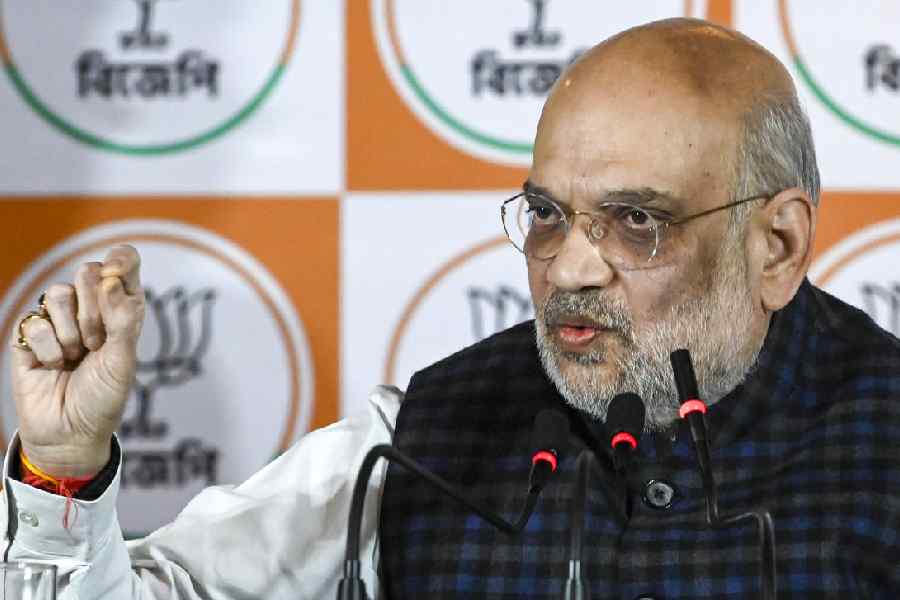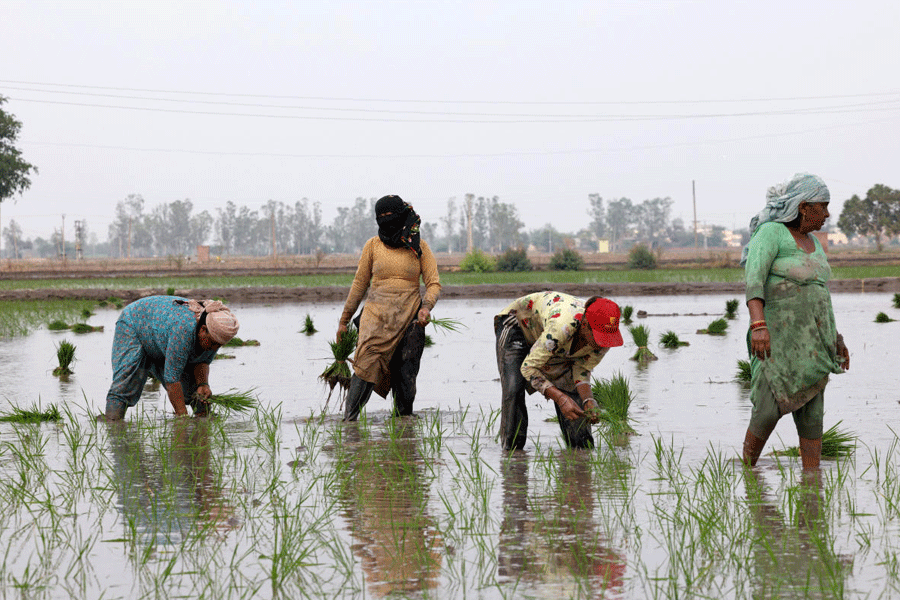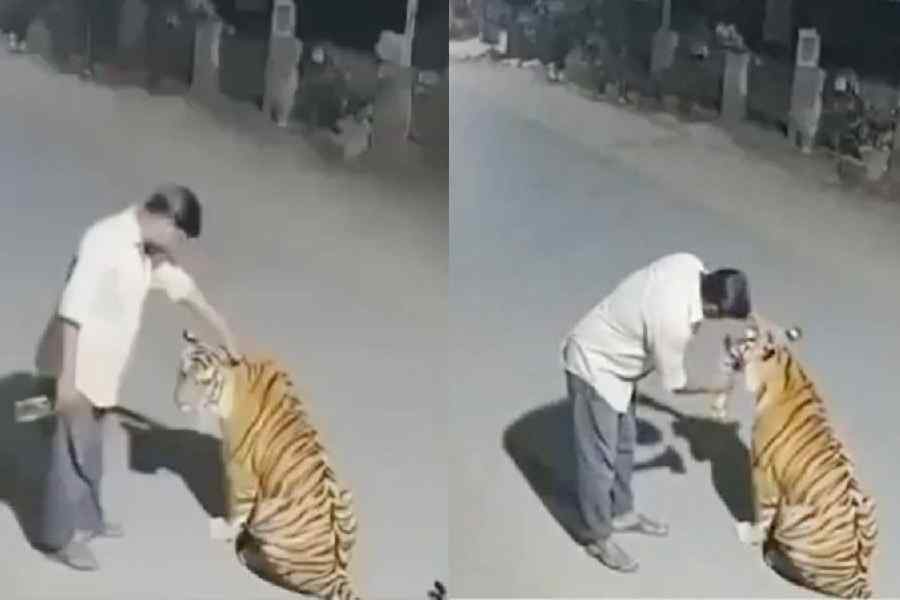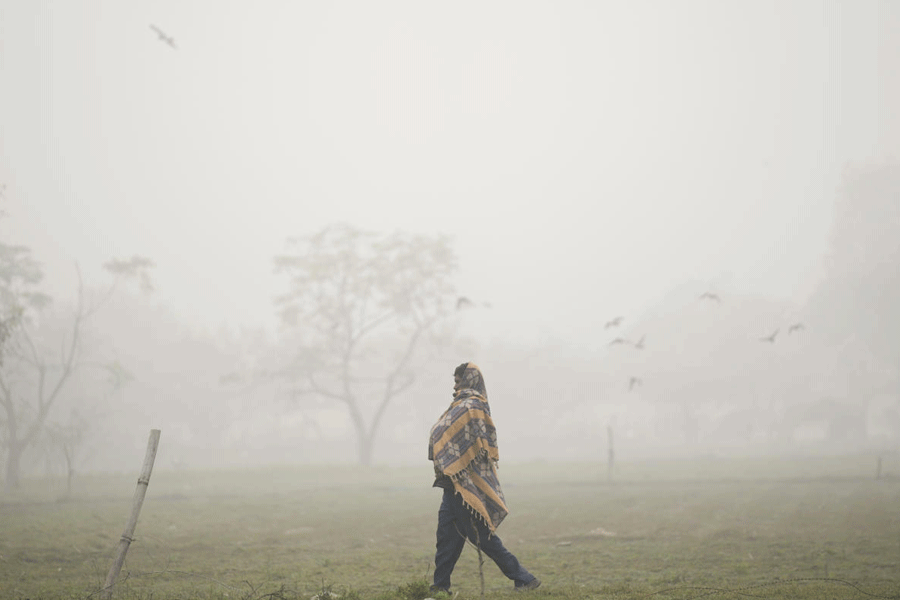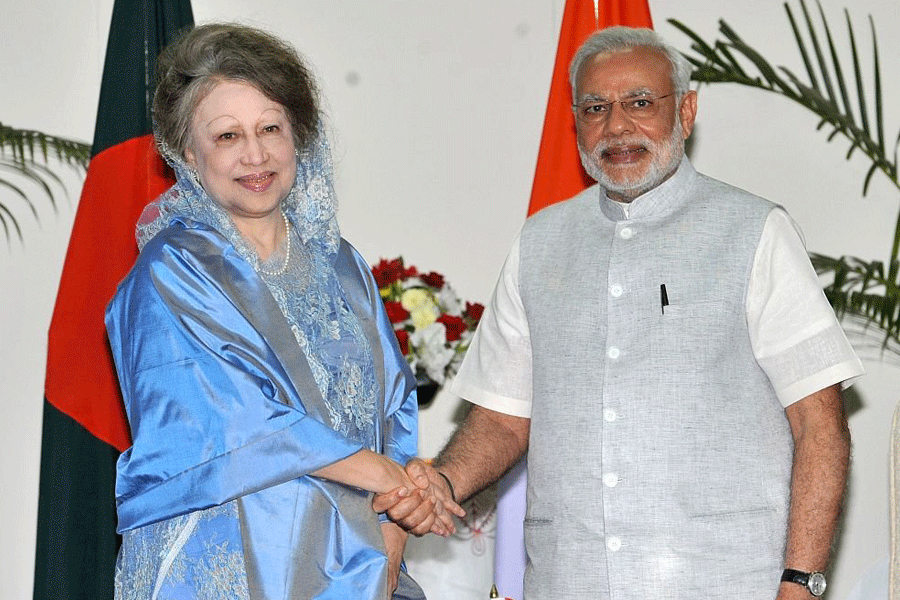 |
| A mine protected vehicle |
New Delhi, April 6: Today’s attack by the Maoists has thrown up questions yet again on the capability and the equipment of the central paramilitary forces to take on the rebels.
Military officers who have been, or are engaged in, counter-insurgency operations are hesitant to draw conclusions without being able to get a battlefield situation report.
But they are already questioning the use of mine protected vehicles (MPV) and helicopters in counter-Naxalite operations.
In the attack today, the rebels blew up yet another MPV adding to the toll of policemen who were killed by booby traps and improvised explosive devices.
Officers such as Brigadier B.K. Ponwar who runs the Counter Terrorism and Jungle Warfare School in Kanker, Chhattisgarh, say there is no alternative to patrolling on foot in the kind of terrain the conflict is now raging. “If an MPV is designed to withstand an explosion of 8-10kg, they (the rebels) will simply stash the device with more explosives to cause damage,” one officer said.
Apparently, that is what happened today. It is a repeat of several actions in the past. In July 2008, the Maoists blew up an MPV carrying 24 CRPF and Chhattisgarh policemen. The MPV was designed to carry about 12 people. Also, the explosive that blew up the vehicle was more powerful than the state forces had encountered.
Not surprisingly, India’s armed military and police forces are in the market to buy upto 1,500 MPVs that are armoured more heavily to withstand the blasts.
The MPVs that are in use are largely supplied by the Ordnance Factory Board’s Medak unit. Originally designed on the South African Cassipir, the MPV called Aditya, is not exactly a write-off. In 2007, there was even a discreet inquiry by the US armed forces to acquire the vehicle for their operations in Iraq where, too, improvised explosive devices used by anti-occupation militants have taken a larger toll than any other weapon.
The MPVs have high ground-clearance with V-shaped undercarriages to deflect the impact of the blast and the floor is heavily armoured. The heavier the armour, the greater the protection, but, the greater the requirement of engine power.
Chiefs of police forces from across India came to take a look at the equipment they need in the counter-Naxalite operations at Defexpo 2010, the arms bazaar and weapons exhibition, held in New Delhi in February. Topping their list was the MPV.
Quick to seize the opportunity, no less than four companies — Mahindra Land Systems (in a tie-up with BAe Land Systems), Ashok Leyland, Tata Motors and Shri Lakshi Defence Solutions — exhibited newer and, what they claimed, were stronger MPVs.
“With enhanced protection technologies, the new vehicle provides the highest levels of crew protection available in India today,” Brig. (retired) Khutub Hai of Mahindra, had said of his vehicle.
The use of helicopters is being debated in the home ministry and the defence ministry. In June last year, forces marched into Lalgarh with a senior CRPF officer flying sorties over them in a helicopter flying out of Kalaikunda. The helicopter was not armed and did not fire at suspected Maoists.
But the officer was in radio contact with his forces on the ground, reporting what he could see on the roads — the axis from Bhadutola-Pirakata-Jhitka and from Goaltore-Pingboni-Ramgarh to complete a circle of domination in Lalgarh.
In the current counter-Maoist offensive, helicopters and fixed-wing aircraft are being used to move troops or evacuate casualties. But, as one air force officer told The Telegraph “a casualty will be evacuated by air if he is senior enough, they just let the constables be”.
Even if the IAF has decided to arm its helicopters, air support by firing from the air is a difficult ask in the jungles. Also helicopters cannot easily land in these places.


